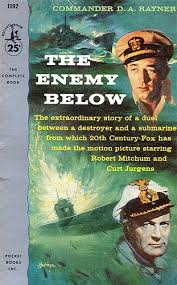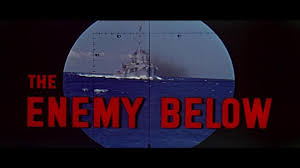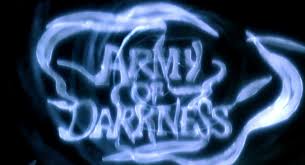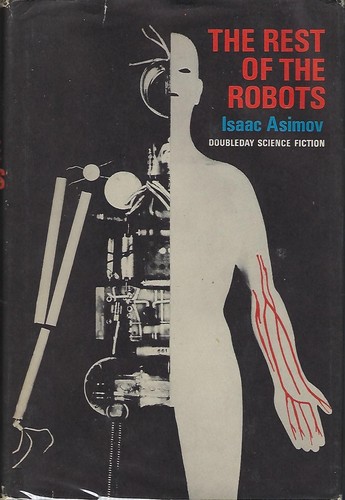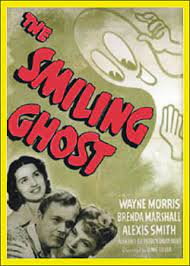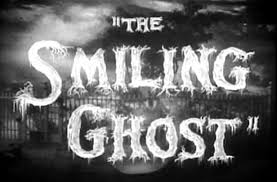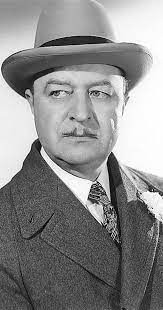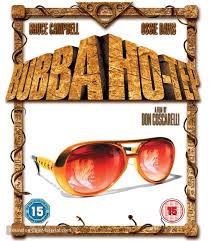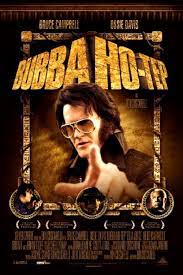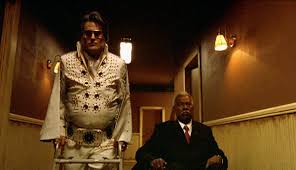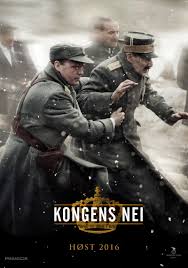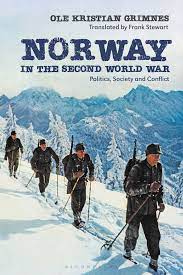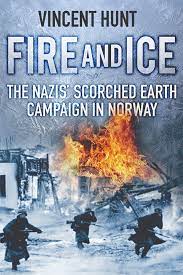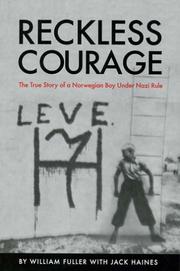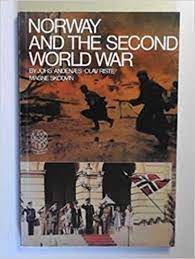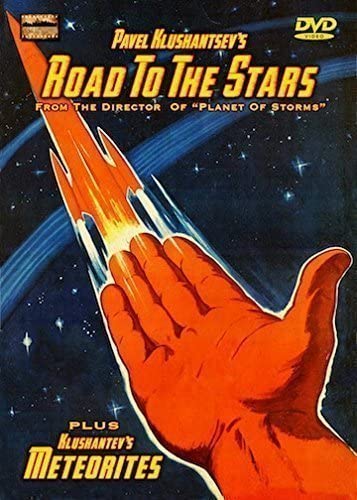And All the Stars (2012) by Andrea Hörst
GoodReads meta-data is 204 pages, rated 3.89 by 1223 litizens.
Genre: Sy Fy.
Verdict: Creative.
Waiting for a City Circle metro train at the underground St James Station beneath Sydney’s Hyde Park, the roof falls in on young Madeleine Cost. Luckier than others on the platforms, she survived the collapse and slowly crawled out from the rubble. Thus begins the realisation that the aliens have landed.
In cities around the world gigantic spires have plunged into the earth of the Earth, one of them into Hyde Park above the station, and from them a dust floats far and wide. Those directly exposed to it die. Survivors’ skin turns blue or green (some with star markings per the title). The population is culled by two-thirds we later learn.
Maddie shelters from the dust in an absent cousin’s flat on Finger Wharf, frantically trying to contact her parents in the high country near Armidale and, more generally, to find out what has happened, what is happening, what will happen but driven by excruciating hunger she has to scavenge for food. Ravenous hunger is a side effect of whatever causes the skin changes. That quest for food brings her into contact with others and she teams up with some teenagers whose survival rate seems marginally higher than that of adults.
What follows is one of the most creative science fiction stories I have read. That may seem an odd thing to say, but much of the science fiction is not creative. It is sacrilege to say it, but Philip K. Dick’s stores are commonplace decorated with space ships or androids.
Social services and norms quickly erode; a state of nature emerges (see Thomas Hobbes), compounded by the aliens’ presence. When the dust settles, the aliens seize the minds of some and announce their plans – which make little sense to those who hear. The aliens use the continued broadcasts of news services and the internet to proclaim their message. Ergo the media is largely left in place, though many journalists were killed by the dust along with others.
Even during the apocalypse the media remains irresponsible and cannibalistic. In the quest for the last Pulitzer Prize surviving journalists breathlessly report on humanity’s reaction, including scientific and medical efforts to defeat the dust plague, the best hiding places to avoid the dust, and later how to avoid alien patrols that begin to sweep up survivors of the dust, and finally the organisation and leadership of the human resistance to this alien occupation. All of this information is monitored by the aliens who quickly extinguish the laboratories, destroy the hiding places, and slaughter the resistance groups. Like Comrade Putin, they use Pox News for their own ends, and Pox News revels in its murderous prostitution.
The dust was just the beginning. Things get worse.
Meanwhile, Maddie and her Blues hide from marauding gangs of Greens, elude aliens who hunt for hidden humans to use in their competition, and manage tensions within their number. One or two want to fight the aliens they know not how. Another wants to compile a database. A third wants Maddie. They all want more food. The group also faces decisions: stay in the apartment, stay together, stay in the city, or move, split up, try to leave?
Meanwhile, the aliens start some sort of competition among themselves using human surrogates, as though they are mortal chess pieces. It is incomprehensible but deadly. Needless to say Pox News is there to broadcast it.
The Sanctimonious Broadcasting Service (once known as Your ABC) features much lip-pursing at the Government’s failure to prevent the invasion, defeat it, end it, and compensate survivors for the inconvenience. Some things never change, not even at the apocalypse.
Among the surviving humans, opportunists take advantage of the situation. TED talks abound without a pause for breath. Entrepreneurs offer snake oil cures for the dust infections. Religious charlatans talk to god. Predators enjoy the mayhem. The NRA sells more guns that are useless, but comforting. Lawyers propose making the aliens illegal immigrants and debate the wording of such legislation. Academics have conferences to pronounce on the situation. Politicians promise to convene Royal Commissions. Ideologues ask the gender of the aliens. None of these standard operating procedures matters one whit but it is what they know how to do, so they do it.
A very secret resistance forms and launches an attack. There is a great deal of action in the last quarter of the book, and it ends more or less literally with a pitch to make a CGI movie from it. That deflated this reader big time.
While there are many reviews on Goodreads, as usual, they are largely uninformative, I could not find a single one elsewhere in a 10-minute internet research. Behind paywalls I suppose.
One can read all sorts of parables into the story. Are the aliens the British come to terra nullius with their invisible diseases? Then the earthlings are the aboriginals who cannot fathom what is happening, let alone why. Or should we read the spires and dust as a climate crisis. Or is it COVID. Take your pick, or add another. The racial antagonism that quickly develops between the Blues and Greens, who blame each other for the calamity has also to be considered. Then there is the girl-meets-boy romance tucked into it, which is quite charming in its own terms, but attenuated. (I never did get what cousin Tyler had to do with any of it. My attention span is like that.)
The characters are differentiated and sympathetic. The tension and mystery are palpable. There are some nice passages about painting – Maddie’s chief interest in life before the Spires came. But the alien mystery is so immersive that it envelops everything and slows it down…. I found the book easy to put down and hard to pick up. Although there are some well-judged action scenes on the beach or a fight in a parking garage, and at the end, but along the way there is a lot of talk, talk, and more talk. It requires some patience and persistence in readers, and this one seems to have less and less of those qualities.
I found the opening in the ruin of St James metro station close to home because I have waited on that dreary platform at night after Parliament House sessions. Ditto the mention of the Archibald Fountain above, which was one of my first references points in Sydney.
